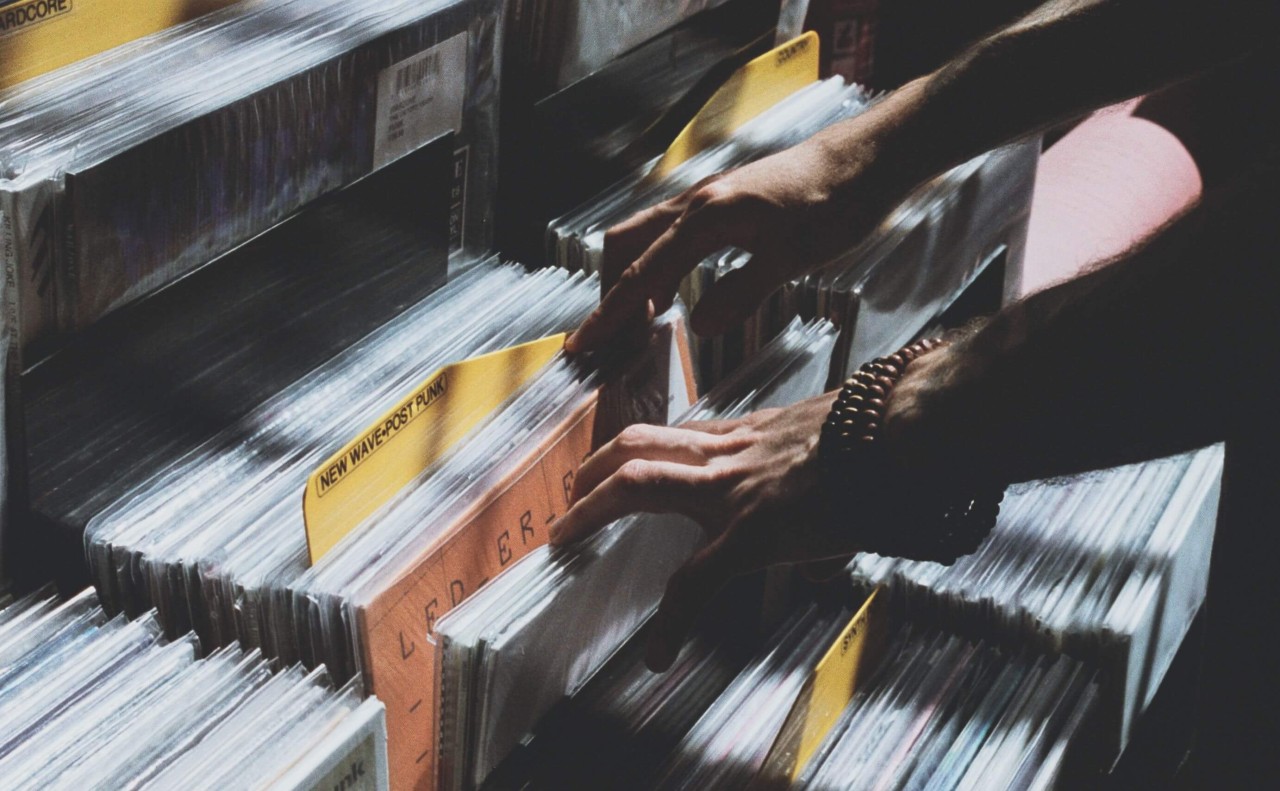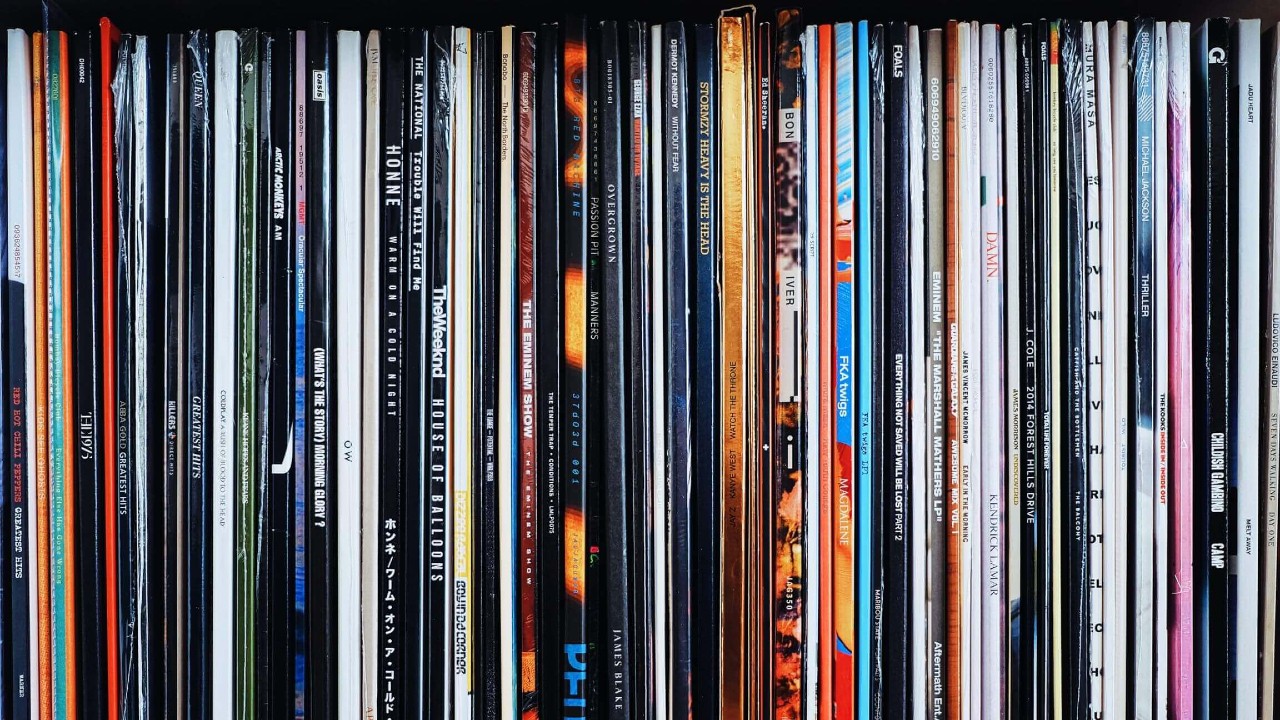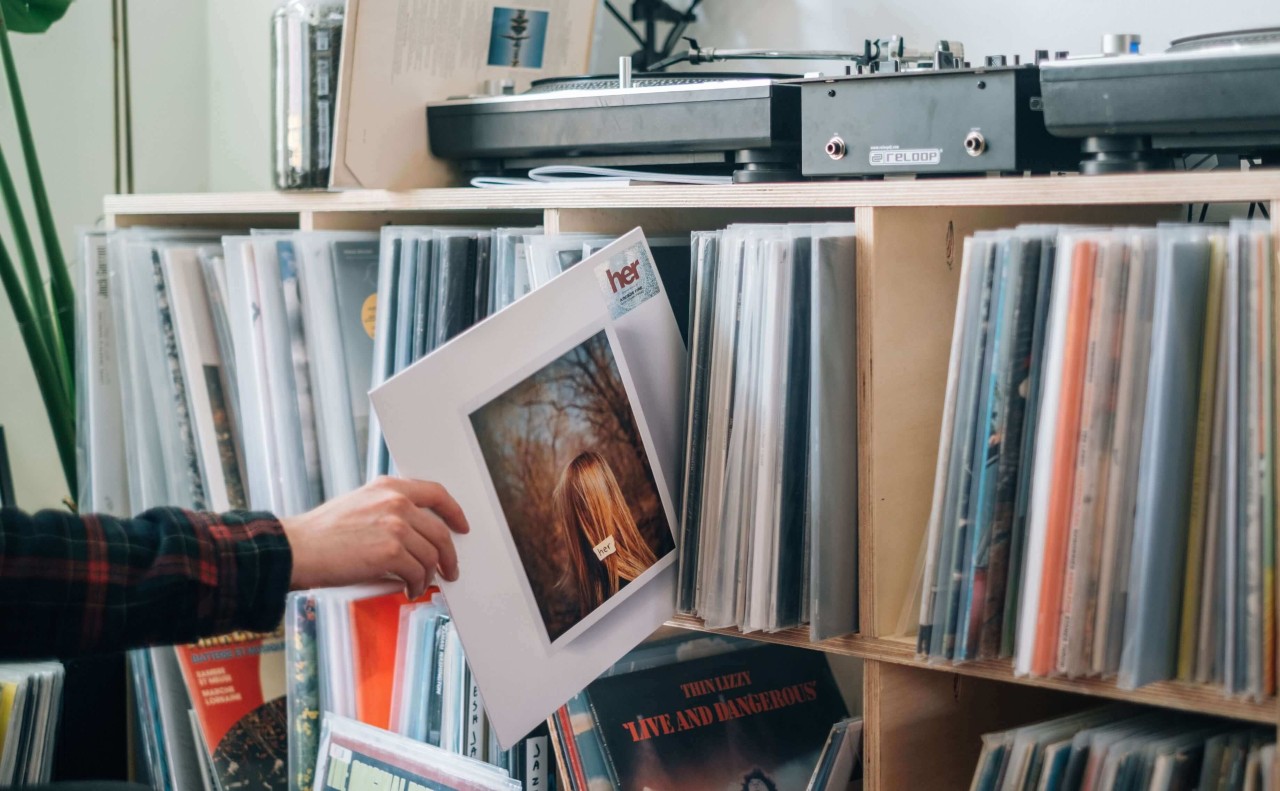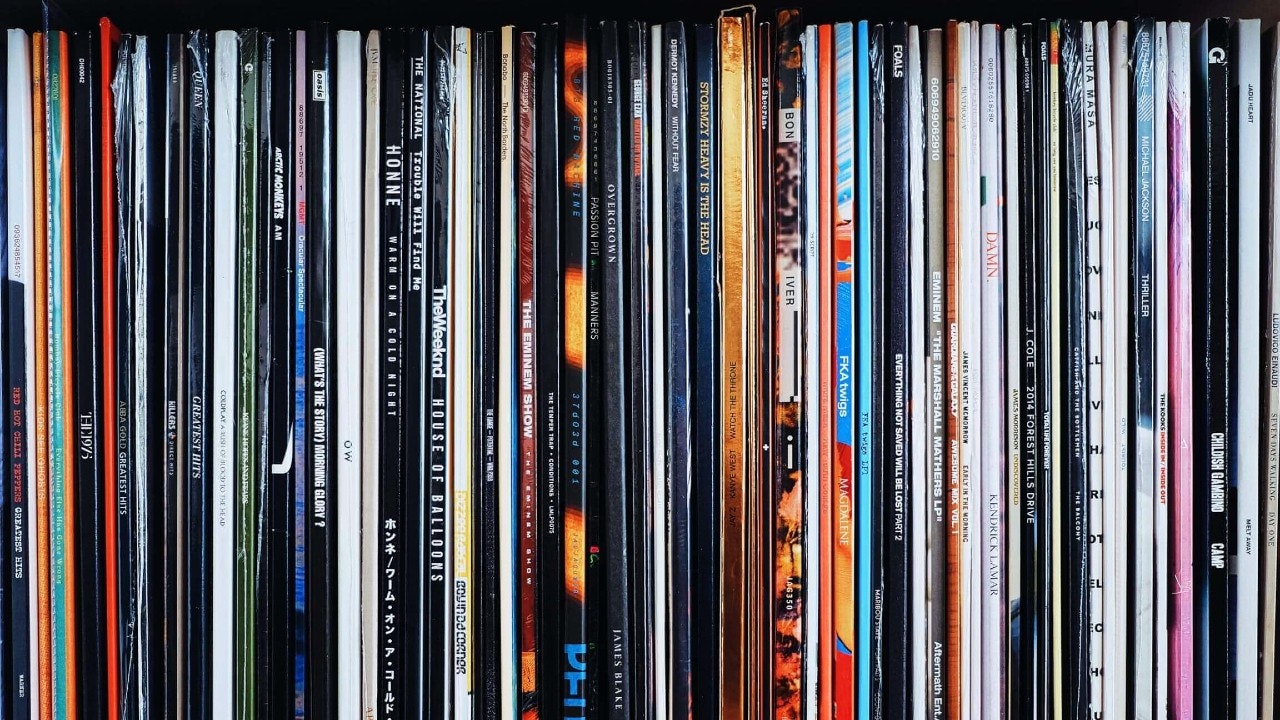
■ Features
With pressing plant delays showing no signs of easing up, Will Bradbury investigates why 50% of artists still want to release their music on vinyl.
He goes on to look at where the delays are happening and what this might mean for the future of the format.
READ NEXT: HOW TO START A RECORD LABEL
The vinyl resurgence has been well documented - between 2018 and 2020 alone, the value of LP sales in GBP increased by over 30% to £86.5 million (the highest since 1989), and this only accounts for sales on ‘new’ records. CDs on the other hand, which had been the dominant physical format since the 1980s, have continued to decline, slumping by 18.5% over the same period.
But how did vinyl manage to buck its downward trend and make a comeback? A recent survey by Pirate.com suggests it's at least partly driven by artists’ desires to press records as well as consumer habits. The results revealed that while 89% of artists wanted to release their music digitally, 50% also wanted to release on vinyl.
Digital's dominance is unsurprising - the benefits of accessibility and the potential to reach a vast audience gives it an unwavering edge over purely physical releases. Digital is also (by far) still the biggest source of revenue for artists, with streaming and downloads reportedly accounting for nearly 90% of music sales in 2018.
When you also consider that the costs and risks involved in releasing digitally are vastly lower, it could be argued that bothering with vinyl, CDs and tapes is completely counterintuitive for labels. So, what are the arguments in its favour?

If you were to ask an audiophile why it's important to press on vinyl, they'd probably make some reference to its superior sound quality.
To find out just how big a difference in fidelity there is between vinyl and digital, I asked The Carvery’s head engineer Frank Merritt, who has nearly 20 years in the game, mastering and cutting lacquers for countless artists and labels.
Frank debuffs any cynicism around the superior audio fidelity of a vinyl release:
"Essentially, one is organic and the other is synthetic. Vinyl reacts to its environment, it ages and alters the more it is played. If treated well it will last forever. If treated with contempt however, it will refuse to play.
Sonically, vinyl responds differently to every turntable and pickup cartridge it encounters. The higher the quality of equipment, the closer you will be to the truth of what information is held in a 60 micron wide groove.
Digital on the other hand, is simply data. It will deteriorate over time, but instead of aging like a fine wine, it will lose chunks of information, ones and zeros disappearing like lemmings off a cliff face.
Most records are cut from high resolution Wav files, normally 24bit, 44.1Khz or above. Streaming is about a 20th of the sized of that file, unromantically ‘ingested’ by a platform. The difference in quality is comparable to the file used to print a billboard being reduced in resolution to the size of a postage stamp. In essence they are the same image, or at least the same subject, but if you blow up the postage stamp back to the size of the billboard it won’t even be recognisable to its original."
However, Pirate's survey suggests that the more rational reason of sound fidelity might be secondary to a more sentimental one when it comes to why artists want to release on vinyl. One Pirate artist, when asked ‘Why do you want to release it on vinyl?’ simply responded ‘To be able to hold it in my hands’.
This is something echoed by Alice Whittington, the label manager at Soundway - an imprint which began its existence with a compilation of rare Ghanian records from the 1970s. They have since continued to unearth countless gems from across the globe and reintroduce lost music to new listeners, along with releasing contemporary artists as well:
"We have historically pressed everything we release, with the exception of remixes.
The label was born out of a love for the tangibility of vinyl and being able to hold a beautifully designed sleeve or booklet - as well as the enhanced listening experience of analogue media."
A gramophone disc clearly still carries an almost symbolic meaning in music culture today. For some, it is quite simply a requirement in order to legitimise a release - 'All legendary music thus far is on vinyl' one respondent to Pirate's survey said. Others associate a kind of nostalgia with records, where the enjoyment of listening is tied up in the ritualistic act of placing the needle on the wax. One responder even simply stated: ‘Because it's cool and rather pointless’.
Cool-factor aside, in an era where our lives are dominated by the digital domain, it's clear that vinyl's physicality is its precise appeal. Owning a vinyl record embodies a fan's connection to an artist or label - Frank likens this to the height of print media:
"The reason we love vinyl is because we inherently need a tangible object as proof of purchase and commitment to an artist.
Back in the days of Melody Maker and other music magazines, kids would cut out pictures of their idols', research and dedicate themselves to them. Now all there is is vinyl, tour merch and the internet. Vinyl is back for a reason."

So, how is the vinyl industry keeping up with this resurgence? It's not. Unfortunately, we've hit a point where the format could turn out to be a victim of its own success. ‘“It’s unmanageable”: How the vinyl industry reached breaking point’ reads one recent headline in the New Statesman, which outlines the supply chain issues the industry is facing.
Soundway's Alice is frustrated that the impact of such an undersupply is disproportionately felt by smaller/independent labels compared with majors:
"Small and medium sized indies have been hit particularly hard by the supply chain disruption as we don't have the bargaining power of a label that presses huge quantities.
As a result, short-run releases get constantly bumped down the priority list, particularly at the reputable plants because their services are most in demand. The increase in raw material prices has also soared, which makes it much more of a financial risk to manufacture."
I asked Frank if he's busier as a result:
"Typically we have 40-80 projects in the diary at any one time, ranging from first time EPs to in depth restoration projects of lost gems. It's been like that for five years or so.
When I first started The Carvery 18 years ago, it would typically take 2 weeks for test pressings and 2 weeks for the final run. These days you would struggle to get a pressing back in five to six months.
The appetite for vinyl is here to stay. Even if half the people stopped buying records, we would still struggle to press all the records people want."
As the value of vinyl as a commodity has become increasingly recognised, big businesses are cashing in on this revived interest in the format, meaning the queues are only getting worse.
‘Giant retailers like Walmart, Target, and Amazon now embracing vinyl, and multi-colored special editions from huge pop stars like Harry Styles and Billie Eilish’ states one recent article. Such players getting involved is serving to shift the perception of vinyl as a commodity, being constantly pushed as an affordable luxury, or a ‘collectable’, encouraging people to buy them and keep them in mint condition rather than play them.
A recent survey backs this theory: ‘48% of people who bought vinyl last month have yet to play the record. Some 7% of those surveyed said they didn't even own a turntable, while a further 41% said they have one but don't use it.’ Can you really argue that this kind of consumer really values their collection in the same way as a ‘digger’ buying records to listen to, rather than just to look at?

Ultimately, the outlook is a bit grim for independent artists and labels who can expect increasing wait-times and costs. As a result, some things will have to change:
Releases will more commonly be two-fold, with a digital release first and a physical release down the line. This is already becoming typical with many big Hip Hop releases. Take Kanye’s Donda for example, which has yet to land on vinyl.
Labels are going to continue to try and grow their D2C (direct to consumer) sales. This means greater margins to nullifying some of the impact of increased costs.
We may even see labels trying new things to serve the same purpose as a record’s tangibility. Think prints or booklets, or even LP packaging without the LP.
Frank suggests that if major labels were to have their own pressing plants, none of this might be necessary, though he isn't optimistic:
"The big issue is major labels. 40 years ago they all had their own pressing plants, now the independent side of the industry, who kept the medium alive, is on its knees.
It’s all so short-sighted, honestly I doubt the majors will take the risk on investment in their own plants. What do they care if a bunch of small indie labels go bust because they can’t press their records."
I’m glad I’m not the only one outraged at the strain on the independents. An increasingly winner-takes-all system could see us lose the diversity of passionate labels and individuals that make up the rest of the vinyl ecosystem. We can only hope that a few new plants spring up soon, ones who refuse to have their capacity bought out by the majors. In the meantime, if you want a vinyl release, be prepared to sit tight.
Will Bradbury is a London-based DJ, promoter (Cabin Fever) and label manager (Control Freak Recordings & Foam On A Wave). You can read more from him here.
